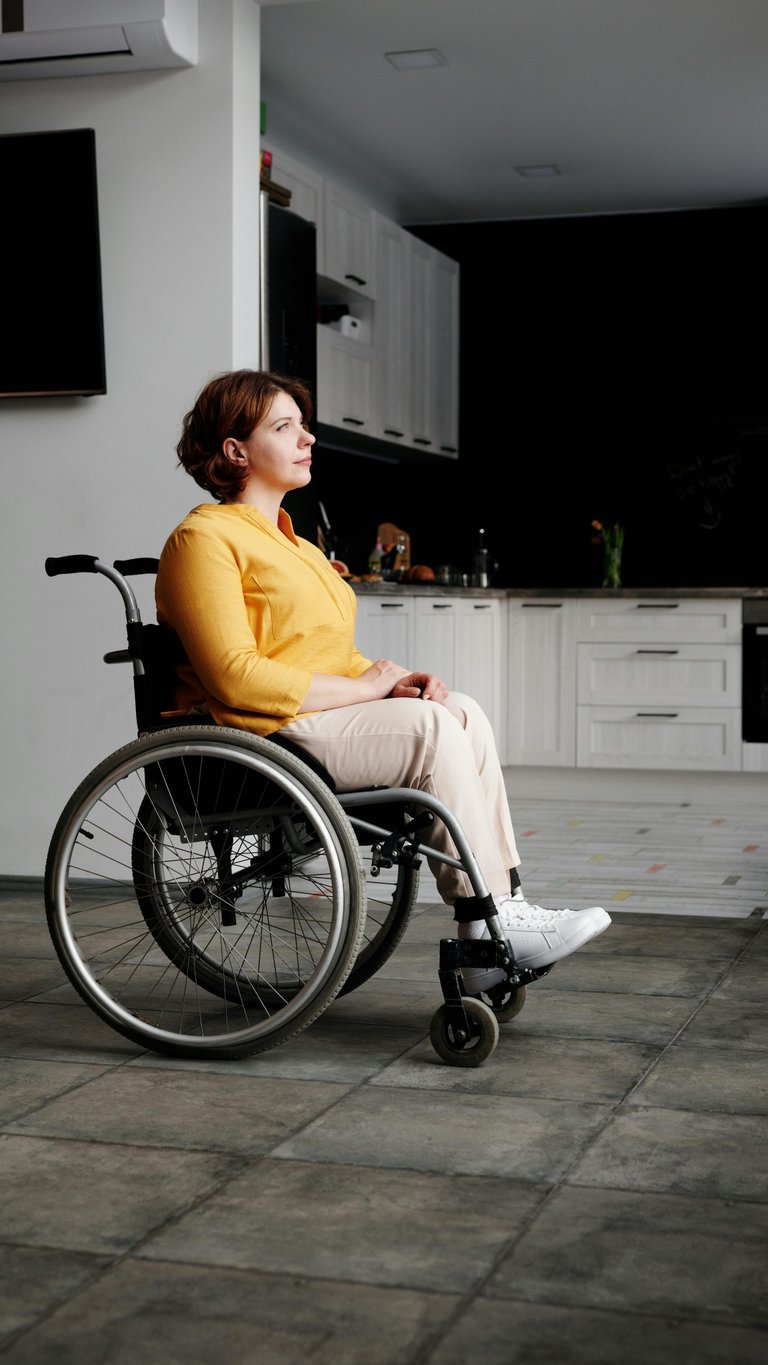Solutions for a Forgotten Crisis
Introduction:
Within our borders, there exists a hidden crisis that demands urgent attention—the plight of internally displaced persons (IDPs). These individuals and families have been uprooted from their homes, forced to flee due to conflicts, natural disasters, or other crises, but remain within the boundaries of their own country. Their struggles are often overlooked, leaving them in vulnerable and precarious situations. It is crucial that we shed light on the problems faced by IDPs and work towards viable solutions to address their needs and restore their dignity.
The Problems Faced by Internally Displaced Persons:
- Lack of Adequate Shelter:
One of the primary challenges for IDPs is the absence of safe and suitable shelter. Many find themselves living in overcrowded camps or makeshift settlements, exposed to harsh weather conditions and lacking basic amenities. Insufficient shelter puts their physical health and overall well-being at risk.
- Limited Access to Essential Services:
Accessing basic services such as clean water, sanitation facilities, healthcare, and education becomes a daily struggle for IDPs. Inadequate infrastructure and limited resources in camps or host communities often leave them without essential services, exacerbating their vulnerability and hindering their chances of a better future.
- Loss of Livelihood and Economic Disempowerment:
Being displaced disrupts the livelihoods and economic stability of IDPs. They lose their jobs, land, and assets, making it challenging to support themselves and their families. Limited economic opportunities and lack of access to productive resources further perpetuate their economic disempowerment, trapping them in a cycle of poverty.
- Psychological Trauma and Mental Health:
Displacement often inflicts significant psychological trauma on IDPs. They experience the loss of homes, separation from loved ones, and exposure to violence and upheaval. Mental health services are often inadequate or inaccessible, leaving them without the necessary support to cope with their emotional distress.
- Social Stigmatization and Discrimination:
IDPs frequently face marginalization, discrimination, and stigma from host communities. They may be perceived as a burden or a threat, facing social exclusion and limited opportunities for integration.

https://www.pexels.com/@marcus-aurelius/
- Adequate Shelter and Camp Management:
Governments, along with humanitarian organizations, should prioritize the provision of safe and adequate shelter for IDPs. This includes establishing well-planned and managed camps, ensuring proper infrastructure, and addressing issues such as overcrowding, sanitation, and security.
- Access to Essential Services:
Efforts should be made to improve access to essential services for IDPs. Governments should invest in water and sanitation infrastructure, establish healthcare facilities within or near IDP settlements, and prioritize education initiatives to ensure all IDP children have access to quality education.
- Livelihood Support and Economic Empowerment:
Rehabilitation programs should focus on providing IDPs with opportunities to rebuild their livelihoods and gain economic independence. This can be achieved through skills training, vocational programs, microfinance initiatives, and support for small-scale businesses, enabling IDPs to generate income and contribute to their communities.
- Mental Health and Psychosocial Support:
Governments and humanitarian organizations must prioritize mental health and psychosocial support for IDPs. This includes establishing accessible and culturally sensitive mental health services, providing counseling, trauma healing programs, and community support networks to address their psychological well-being.
- Combating Stigma and Promoting Social Integration: